Task 1: Mimetic species Model
The Thought Process:
The modelling task focused on mimetic species, and to us the phylliidae insect immediately resembled a green leaf. We built on this connection and though about how the phylliidae blends into its environment and mimics leaves to stay camouflaged by using leaves to cover the body of the model. Another key aspect of the task was movement… Rather than making our model move itself we decided to explore how the leaves rustled and delicately moved when the model was picked up and inspected.
The Making Process:
A mind map and notational drawing of the phylliidae.
Our first model (above) explored how one’s perception changed as you move closer to it; from a far distance it looks like a large leaf, then as you move closer it appears to be a pile of leaves then on close inspection you can see the phylliidae blending in with the leaves. However this was not successful in conveying movement or the form of the phylliidae so we refined our design with more sketches (below).
We layered the leaves more tightly so they did not look like leaves to the eye anymore but instead just gradients of colours and texture. Next time I think we could have ripped the leaves up into smaller pieces and layered them onto the model to create a smoother colour gradient and more intricate mosaic-like skin.
Task two: Performance drawing
The Process
Before collaborating as a group for the botanical garden drawing I wanted to develop my understanding of what a performance drawing was as I was unfamiliar with the technique. I first filmed my walk down Carlton hill and created some performance studies on what i experienced. I found filming the walk very useful as I could relive the route I took and hear the sounds around me again.
When I rewatch the video of the walk I noticed three distinctive parts: walking on the path, crossing the road and looking at the view of the cityscape. To plan my performance I sketched some small thumbnails of each part which I then combined onto one A2 piece of paper.
Trisha Brown often uses her feet to make marks during her performance drawings and although I did not do this I started my performance with my non-dominant hand and a thick graphite pencil to layout the walk and to imitate the lack of control so it is more authentic.
To demonstrate the route taken I referred back to Rudolph Laban’s notational drawing style and added sweeping and curved lines with a brush pen which added more dynamic movement to the performance.
The Final Performance Drawing at the Royal Botanical Gardens
We used a range of media such as oil pastels and coloured pencils to capture the vibrancy of the foliage in the gardens and charcoal and pen to show the path of movement.
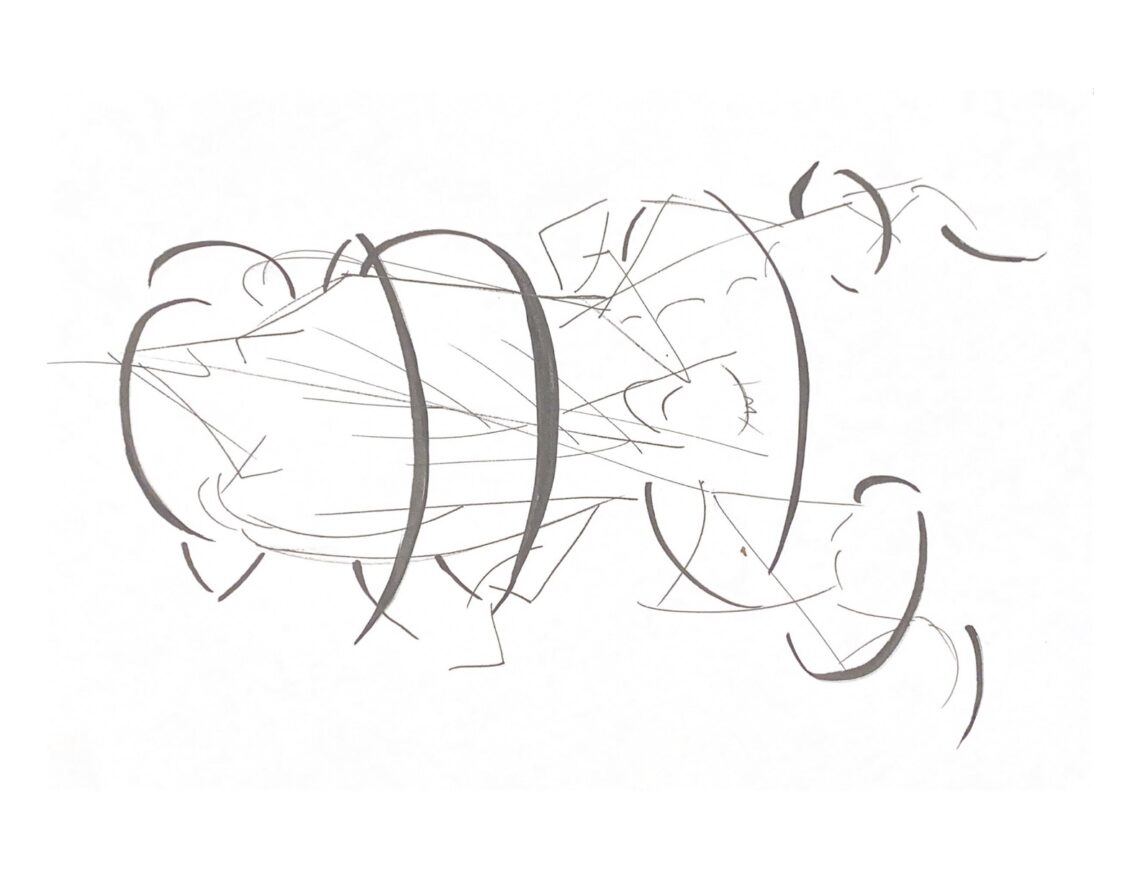
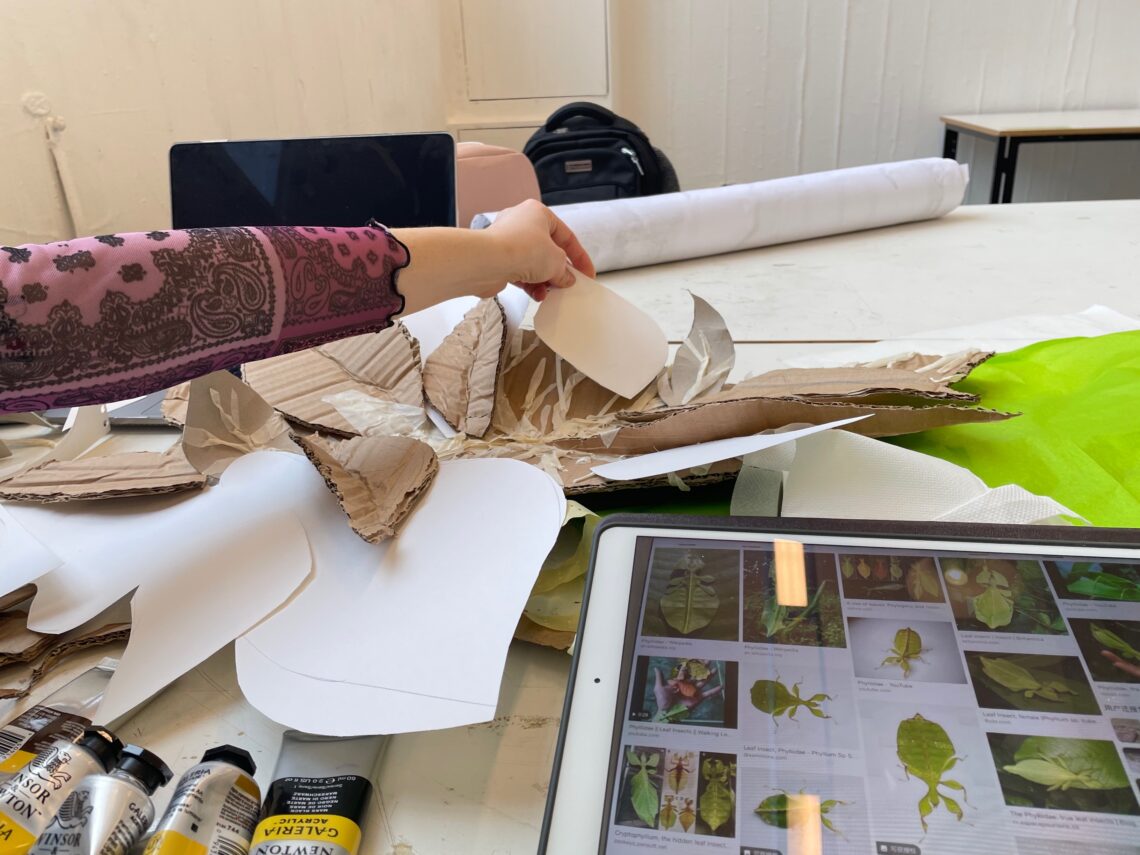
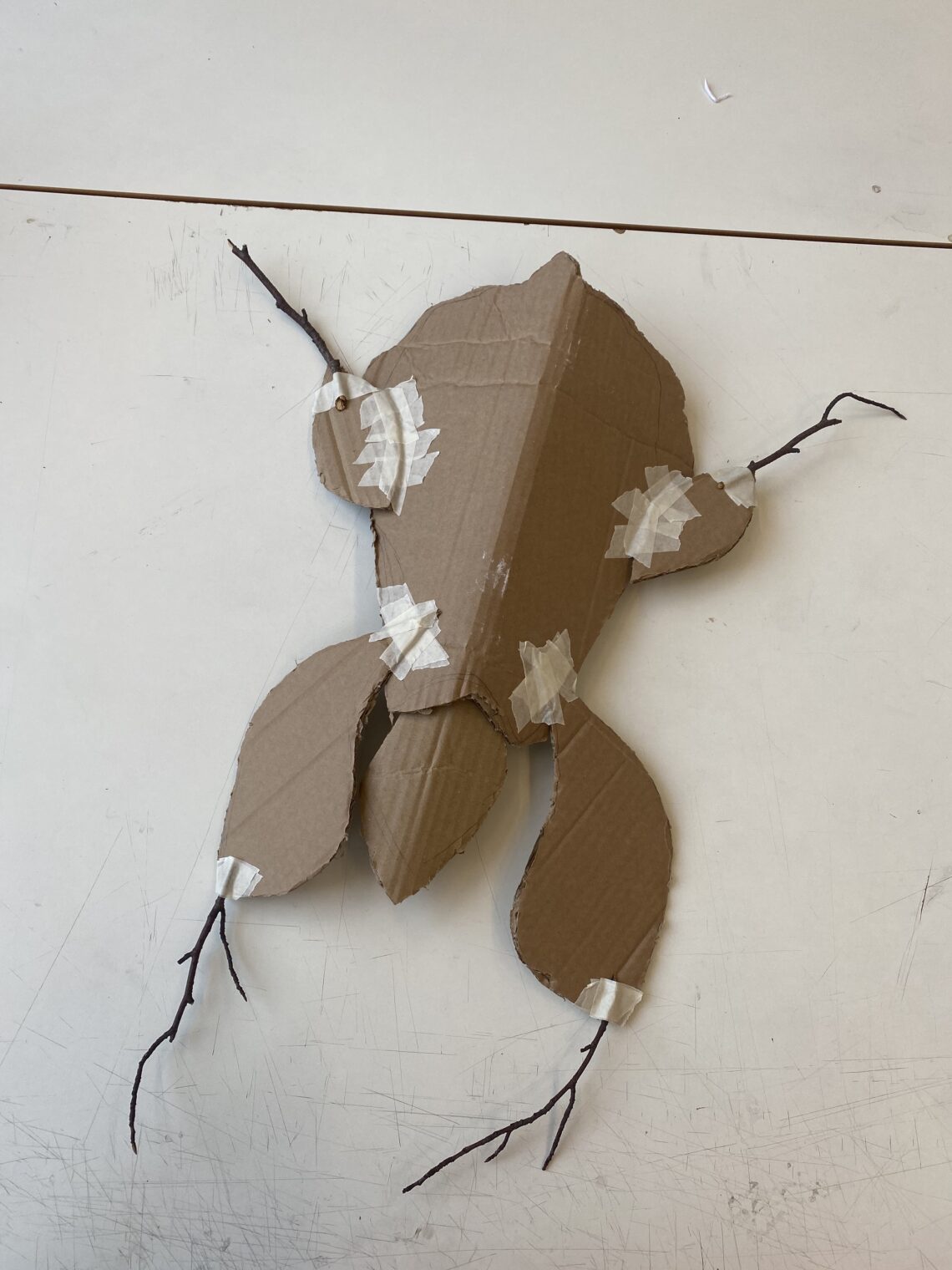
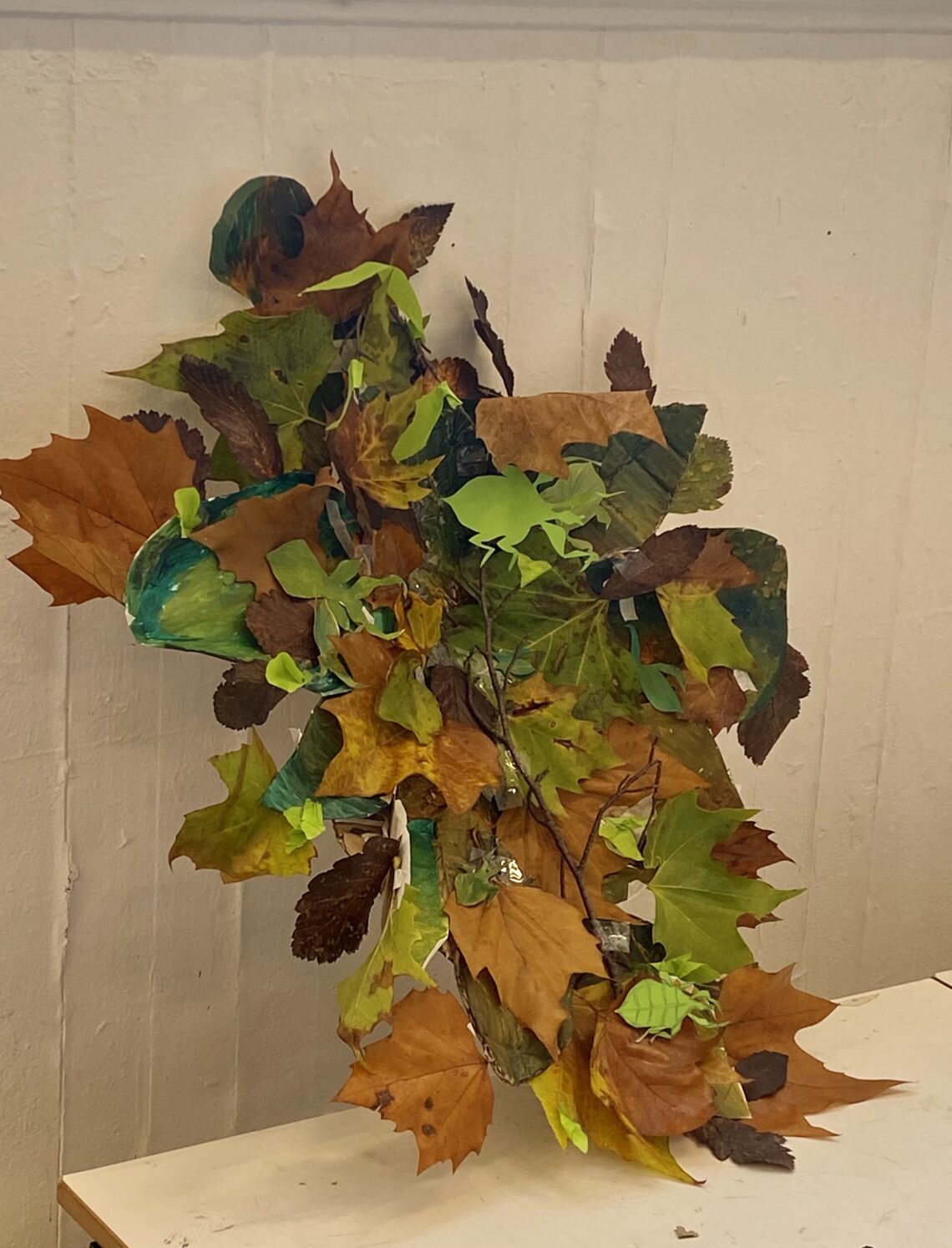
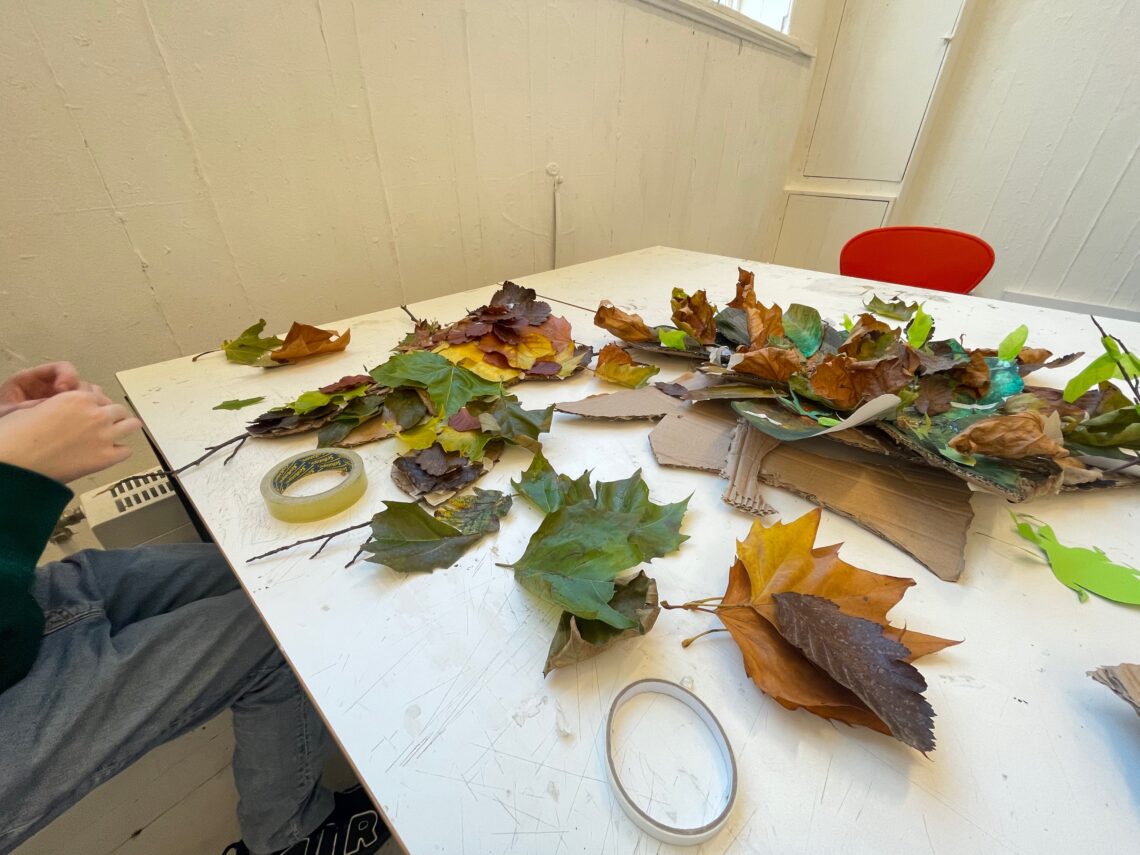
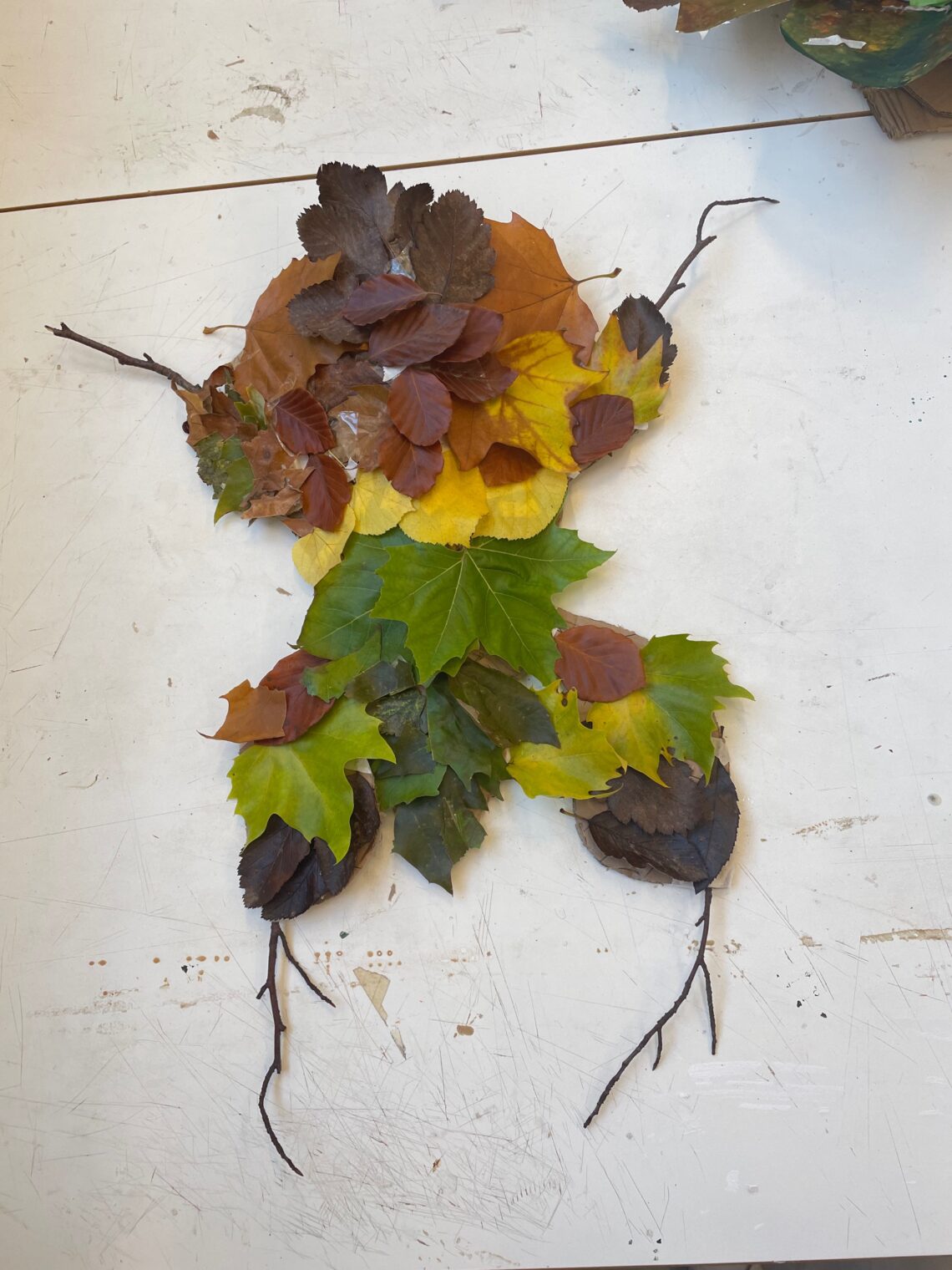





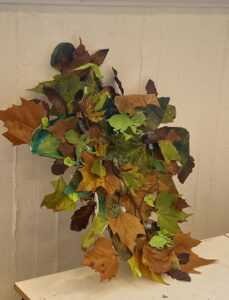
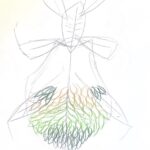
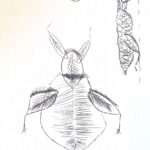
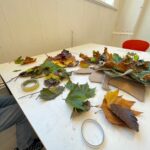
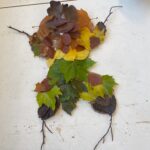

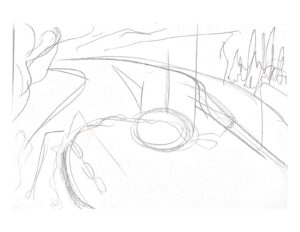
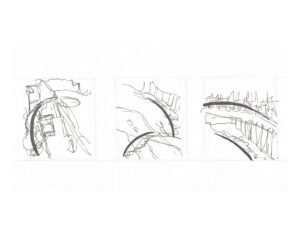
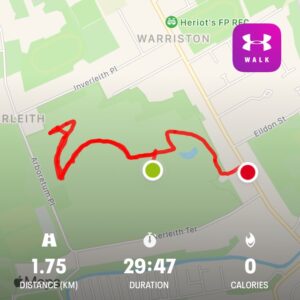




Leave a Reply